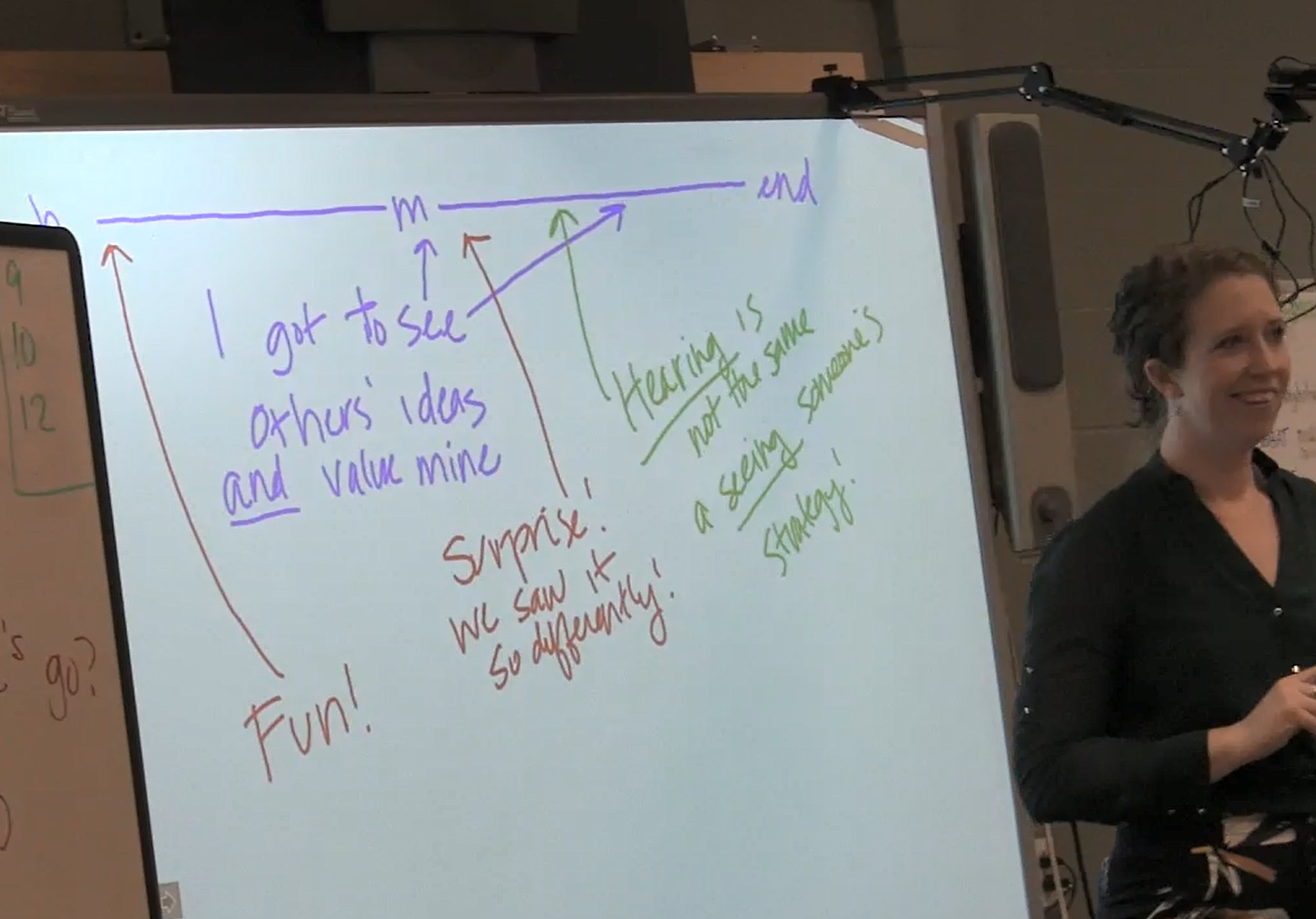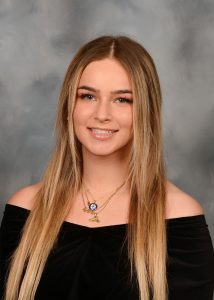This post is written by Jessica, and undergraduate research assistant in the lab. In this post, Jessica reflects on our first teaching session with the TPP students. Teaching sessions precede MFEs, and in these sessions we introduce new instructional routines and practices through representations of practice – including live models, video cases, and discussions. Learn more about the TPP project here.
I haven’t had much involvement with the behind the scenes actions of teachers. This first teaching session allowed me a chance to peek at the other side of the education system- the teacher’s side.
In our first teaching session, we gathered the group of TPP students we’ve been working with over the past few months to acquaint them with some of the strategies they would be utilizing to teach 2nd graders at the elementary school the next week. Our goal was to familiarize the students with the activity they’ll be leading and hear all of their input on the process. All of the students have at least a general interest, if not passion, for teaching. They are all enrolled in the TTP program at their high school and meet regularly to make progress on their passion.
Our teaching sessions (we held 2 focused on mathematics) consisted of four parts; in this blog post I’ll share is blog post :
- First, the TTP students experienced the instructional activity, playing the part of students
- Next, Charlotte facilitated a discussion about the activity, what students get out of it, and why it might be worth doing
- Next, we watched a video of another teacher leading the activity in a real classroom.
In the second teaching session a few days later, the TPP students would be
Experiencing Quick Images through a live model. The Quick Images activity itself is simple. After sitting all the students down, Charlotte flashed a brief picture of dots on the screen, giving the students only a moment to try to figure out how many they saw. The students were then given a second quick look at the photo to confirm or adjust their initial thinking before sharing out loud how many dots they counted. All the answers were recorded in a small box off to the side of the board to de-emphasize the importance of the answer. The goal of placing the answers out of the way is to allow students to focus more on their process of getting their answer rather than its accuracy. By doing so, this positions them as competent, and permits them to be more inclined to share the thought behind their answer, even if it was incorrect. Once the answers were “out of the way,” students shared how exactly they counted the dots. Answers varied widely! Some students counted the dots and filled in the gaps, others created groups in their head and then multiplied them together. Interestingly, none of them counted the dots in the same way. As students shared, Charlotte annotated the image on the screen to help others understand.

Discussing the activity and its potential. After the activity was finished, the TPP students were invited to share their overall thoughts on the process, and how they felt about carrying it out with elementary students in the future. Some things they mentioned were feelings of curiosity about one another’s ideas, enjoying getting to think about the problem and their ideas, and surprise at how differently their friends thought about the same image.

A second representation: video case. Next, we watched a video of the same routine being carried out by a professional teacher in an actual classroom, pausing regularly to take notes of the teacher’s behavior and response to the kids. We noticed constant encouragement, whether or not the student was correct. Afterward, the TTP students were given hard copies of the image they would be using in their first quick images lesson in the partner 2nd grade classroom – along with a blank lesson plan document they could use to prepare their lesson together during our next teaching session.
This first teaching session set up our foundation for these future teachers, as well as our own research project. Our objective is both success in the second graders’ education, as well as confidence and success for our TPP students as well, and it is on the right track.
Jessica’s reflection

My own personal teaching experience is very limited. I’ve always been the student in situations like these, and my only partial exposure to teaching would be tutoring my brother, which is hardly considered an accurate representation of what it means to be a teacher. Most of my research on this project has been very information-based, and I haven’t had much involvement with the behind-the-scenes actions of teachers. This first teaching session allowed me a chance to peek at the other side of the education system- the teacher’s side. The prep for this session involved a brief overview and a paper guiding the students through what they could expect that day. The thought that went into actually discovering and prepping the activity was certainly overlooked. I also found myself admiring the student-to-teacher dynamic. I believe the education system should focus most on the relationship between the two groups, rather than just the students or the teachers. This teaching session showed a casual but respectful correspondence with every high schooler, which was so interesting considering how differently each student seemed to learn.